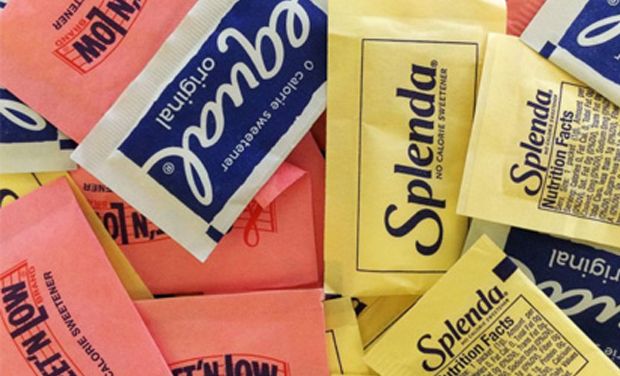Washington: Artificial sweetener can do more than just sweeten your foods, as a new study has found that the popular sugar substitute may lead to the development of drugs capable of combating aggressive cancers, with fewer side effects.
Robert McKenna, Ph.D. at the University of Florida said that the result opens up the potential to develop a novel anti-cancer drug that is derived from a common condiment that could have a lasting impact on treating several cancers.
The new work examines how saccharin binds to and deactivates carbonic anhydrase IX, a protein found in some very aggressive cancers. It is one of many driving factors in the growth and spread of such cancers in the breast, lung, liver, kidney, pancreas and brain. Carbonic anhydrase IX helps regulate pH in and around cancer cells, allowing tumors to thrive and potentially metastasize to other parts of the body. Because of this finding, the researchers wanted to develop saccharin-based drug candidates that could slow the growth of these cancers and potentially make them less resistant to chemo or radiation therapies.
Except for in the gastrointestinal tract, carbonic anhydrase IX is normally not found in healthy human cells. According to McKenna, this makes it a prime target for anti- cancer drugs that would cause little or no side effects to healthy tissue surrounding the tumor.
However, carbonic anhydrase IX is similar to other carbonic anhydrase proteins that our bodies need to work properly. So far, finding a substance that blocks carbonic anhydrase IX without affecting the other ones has been elusive. And that’s where saccharin-ironically, once considered a possible carcinogen-comes in.
A team led by Sally-Ann Poulsen, Ph.D., at Griffith University, Australia, created a compound in which a molecule of glucose was chemically linked to saccharin. This small change had big effects. Not only did it reduce the amount of saccharin needed to inhibit carbonic anhydrase IX, the compound was 1,000 times more likely to bind to the enzyme than saccharin.
The finding will be presented at the 249th National Meeting and Exposition of the American Chemical Society (ACS).



